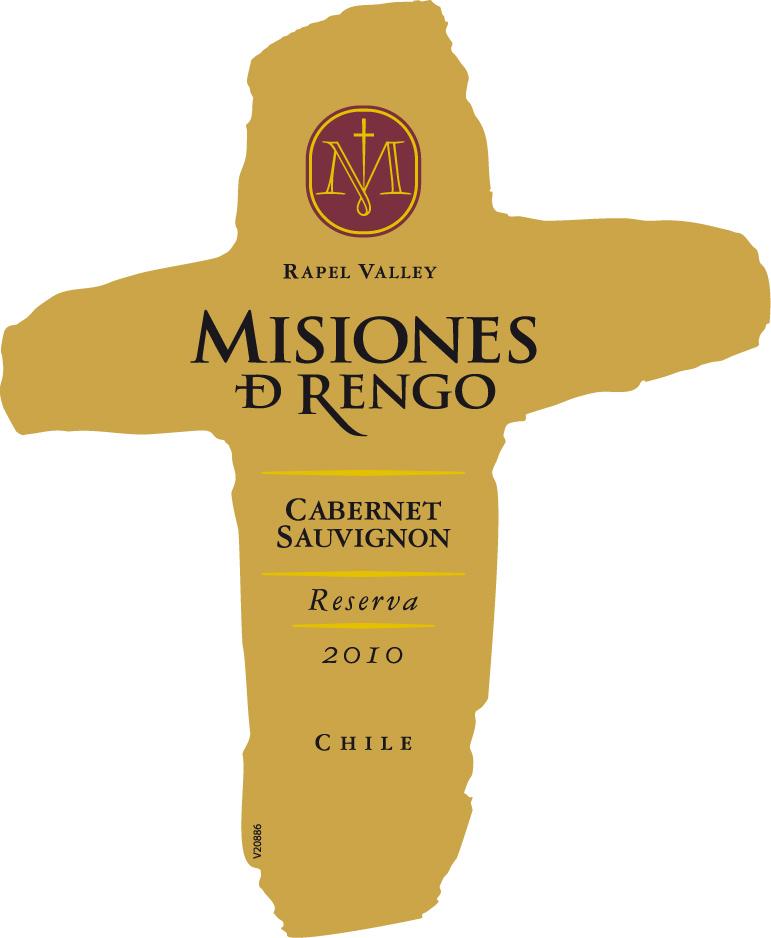2010 Rapel Valley Cabernet Sauvignon
The Misiones D Rengo Reserva Cabernet Sauvignon from the 2010 vintage is a stunning representation of the terroir found in the Rapel Valley. This wine showcases a deep ruby red color that invites exploration. The body is full, providing a satisfying mouthfeel that coats the palate beautifully. Acidity is high, offering a bright and lively character that enhances its structure and freshness. Rich in fruit intensity, the wine bursts with prominent notes of dark berries, complemented by hints of baking spices and subtle oak nuances from careful aging. Tannins are firm and notable, adding a firm backbone that supports the wine's age-worthy potential. On the dryness scale, this Cabernet Sauvignon is decidedly dry, making it a perfect companion for hearty meals or a delightful sip on its own. Overall, it's an exquisite blend of power and elegance that reflects the quality of the region and the craftsmanship behind its creation.
The Misiones D Rengo Reserva Cabernet Sauvignon from the 2010 vintage is a stunning representation of the terroir found in the Rapel Valley. This wine showcases a deep ruby red color that invites exploration. The body is full, providing a satisfying mouthfeel that coats the palate beautifully. Acidity is high, offering a bright and lively character that enhances its structure and freshness. Rich in fruit intensity, the wine bursts with prominent notes of dark berries, complemented by hints of baking spices and subtle oak nuances from careful aging. Tannins are firm and notable, adding a firm backbone that supports the wine's age-worthy potential. On the dryness scale, this Cabernet Sauvignon is decidedly dry, making it a perfect companion for hearty meals or a delightful sip on its own. Overall, it's an exquisite blend of power and elegance that reflects the quality of the region and the craftsmanship behind its creation.




